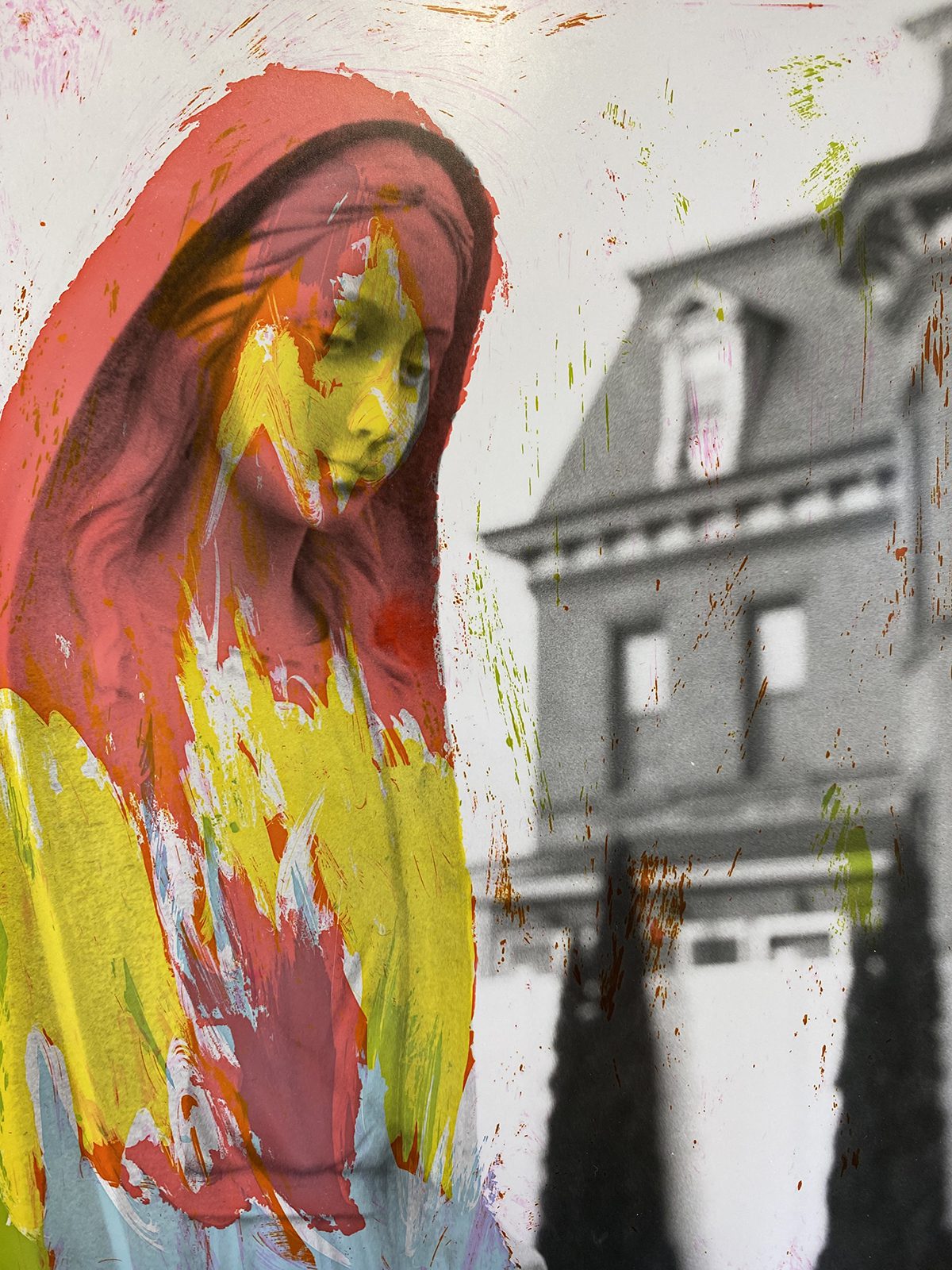Unless you are a photography teacher, it might seem daunting or even impossible to bring photography to your students. Your first thoughts might be, “My students don’t have cameras,” or “I don’t have enough cameras,” or “I don’t know how to use a camera.” These challenging thoughts may lead you to scrap the idea before it even takes shape. The good news is that there are ways to bring photography into your classroom that don’t necessarily require cameras at all. If you find yourself in that third camp where you aren’t sure how to use a camera, make sure to check out our Studio: Photography class.
Within the medium of photography, there are practices called alternative processes. These processes allow you to explore some of the concepts of photography or a derivative of it. Some of these processes require cameras, and others are enhanced if you have them. However, many don’t require cameras at all.
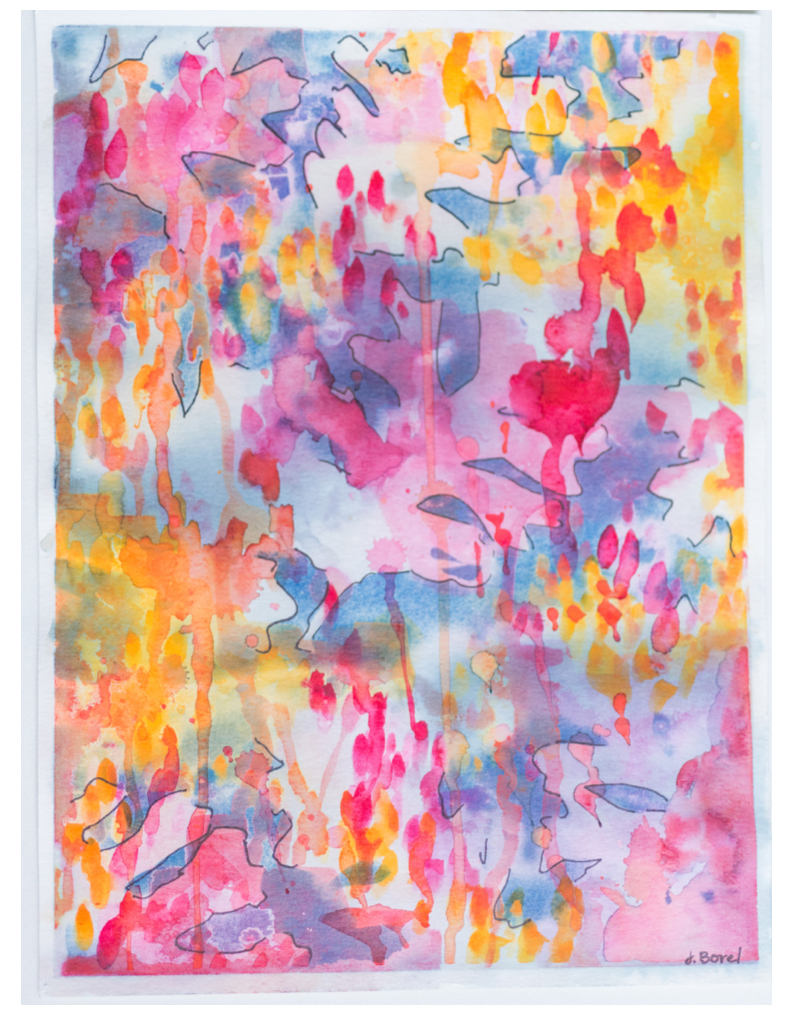
Let’s take a look at three photography processes for any grade level that do not require a camera.
1. Cyanotypes (Sun Printing)
Whether you are a high school instructor or spend your days teaching elementary, this process can be altered to fit your needs. Cyanotypes are essentially photographic blueprints that are created using the sun or artificial sun lamps. To create a cyanotype, a chemistry mixture is applied to paper and allowed to dry. Objects are then arranged on the paper and placed in direct sunlight. The sun exposes the paper for a period of time and, when complete, is placed in a stop bath of water. The process results in a dazzling blue cyanotype!
If you are not interested in purchasing chemicals or you work with young children, consider purchasing cyanotype printing paper. This alternative branch of cyanotypes can produce similar results, but it is safer and reduces cleanup time.
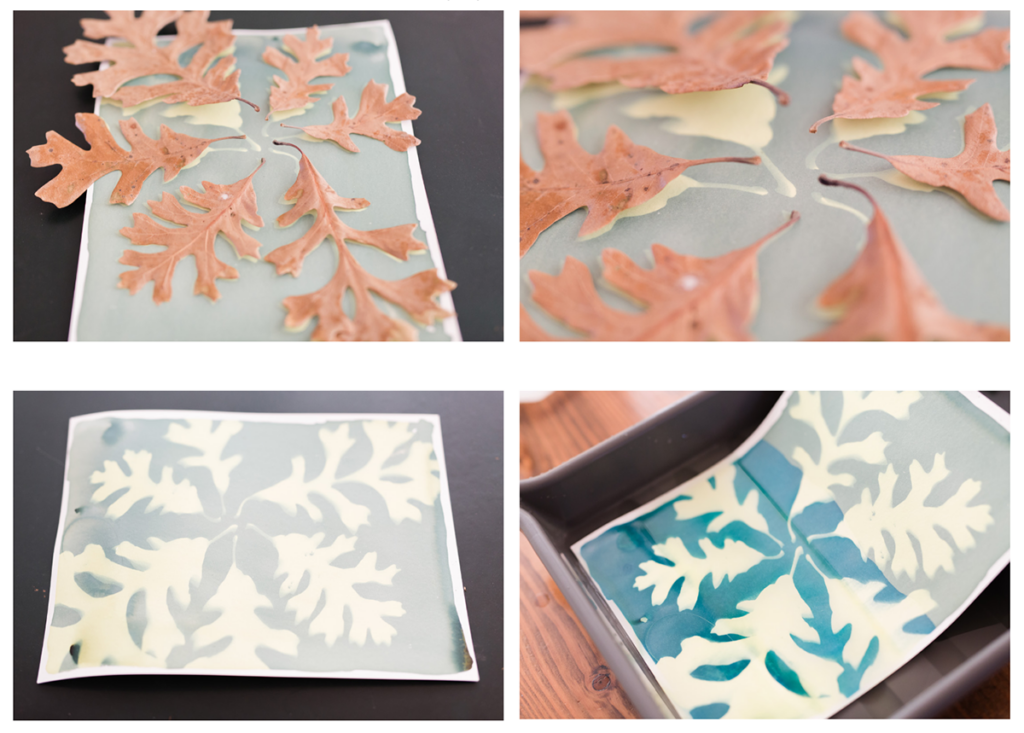
Cyanotypes are also excellent candidates to explore with other art mediums. Drawing, painting, collage, fibers, and more can be incorporated with dry prints to enhance the imagery and connect to other things you are exploring in the art room.
If you plan to use cyanotypes, make sure to use them in a season when the sun is likely to be shining. This alternative process makes a fun option for a beginning or end-of-the-year lesson. Or you can introduce the medium leading up to World Cyanotype Day, which is the last Saturday in September.
2. Tinting and Hand-Coloring
You may not have access to SLR or DSLR cameras, but your students likely have access to a camera on their phone or another digital device. If so, you may want to explore alternative processes, like photographic tinting or hand-coloring, with your students. Students capture images on their digital devices and then print them on paper. Tint the images using different materials, like coffee, tea, turmeric, crushed blueberries, and more. You can follow up the tinting process by hand-coloring the images using special photographic markers or paint. Or, skip the tinting and just try hand-coloring.
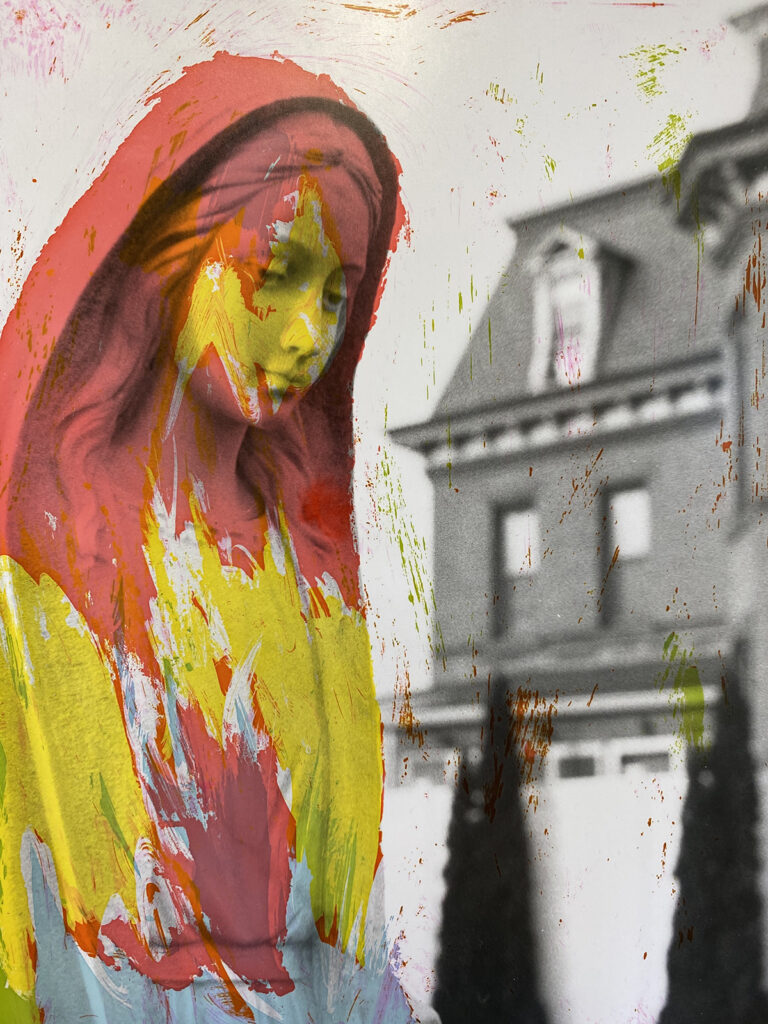
If you are interested in trying out tinting or hand-coloring, make sure to have a variety of paper on hand for your students to explore. Different types, thicknesses, and quality of paper will produce different results. The process can be just as important as the product for this medium.
3. Chlorophyll Prints
Another refreshing alternative process that doesn’t require a camera is chlorophyll prints. To achieve this process, print a high-contrast image onto transparency paper and place the transparency on top of a leaf. Use something sturdy, like photo frame glass, to keep the two objects from moving and set them outdoors. Let the sun expose the “negative” (transparency) on top of the leaf. Have fun experimenting with different types of leaves and lengths of time in the sun.
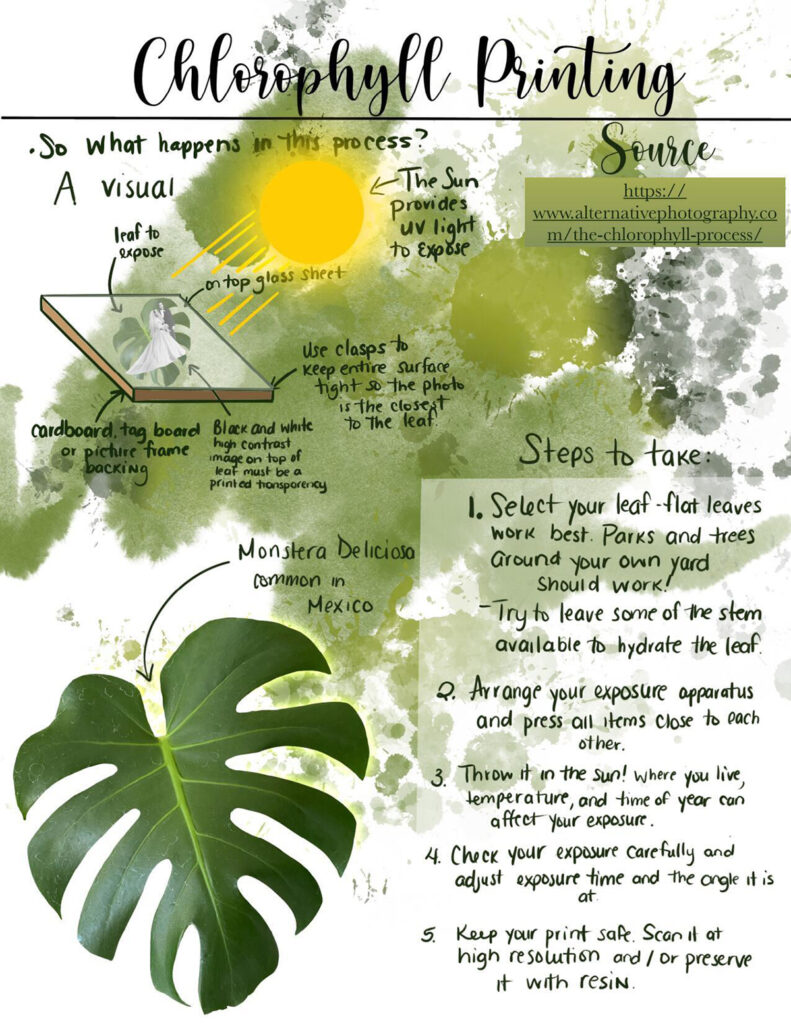
Take this opportunity to collaborate with a science teacher. If there is a curricular unit on nature, chlorophyll prints would be the perfect match. This is also a great opportunity to advocate for your program. You can show your administration how the arts can be intertwined with other disciplines in your school.
The options when it comes to alternative processes don’t stop here! There are hundreds of ways to explore photography, both with and without a camera. If you are intrigued by any of the processes mentioned above and would like to learn more, make sure to check out AOEU’s Studio: Photography course. You will have the opportunity to explore alternative processes as part of your studio work. This is also a great match if you are interested in photography or are completely new to the medium. You will leave the course feeling confident shooting in manual mode and excited to bring the medium back to your students.
What process are you excited to introduce to your students?
How do you already incorporate photography into your classes?
Magazine articles and podcasts are opinions of professional education contributors and do not necessarily represent the position of the Art of Education University (AOEU) or its academic offerings. Contributors use terms in the way they are most often talked about in the scope of their educational experiences.
